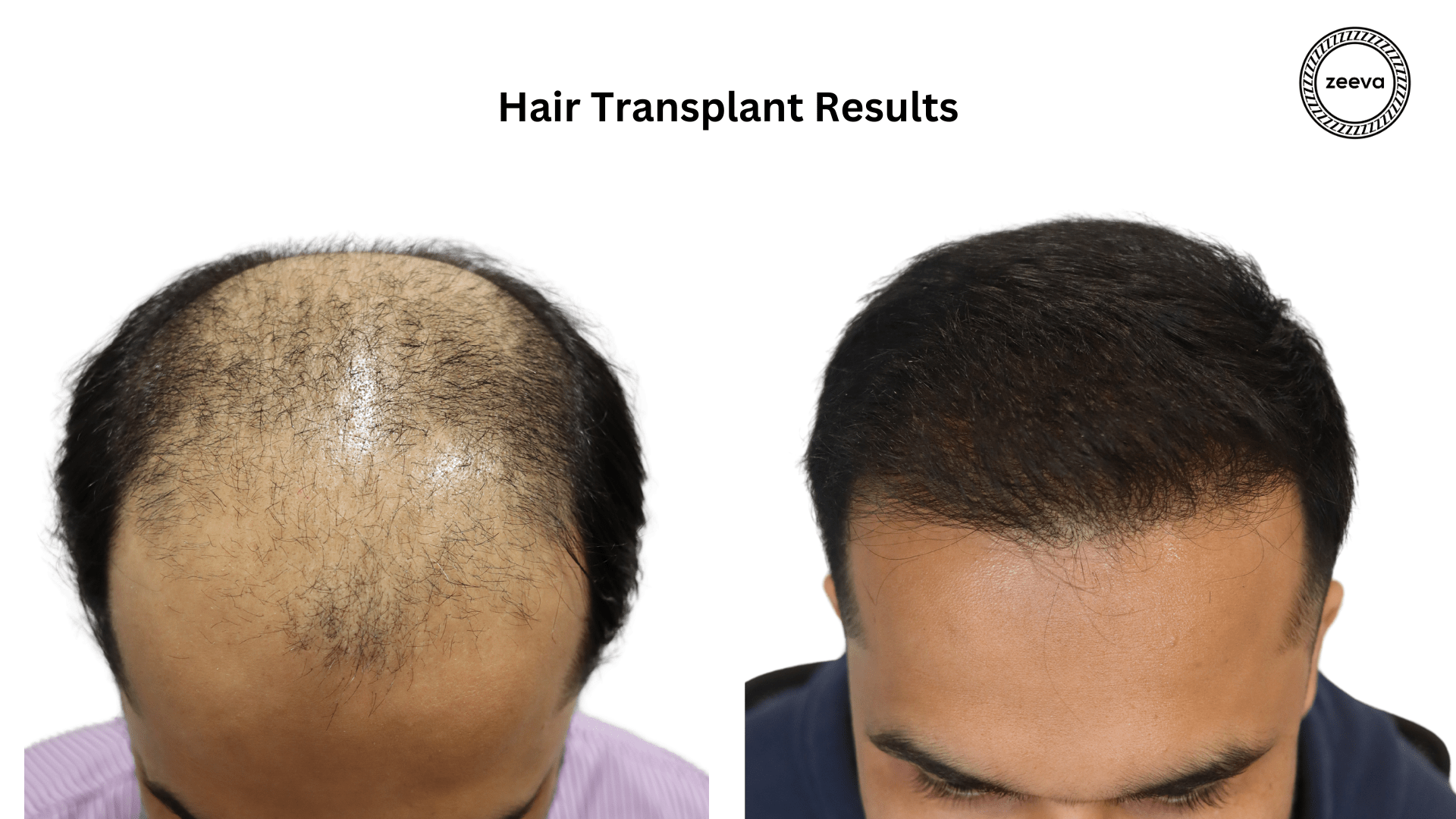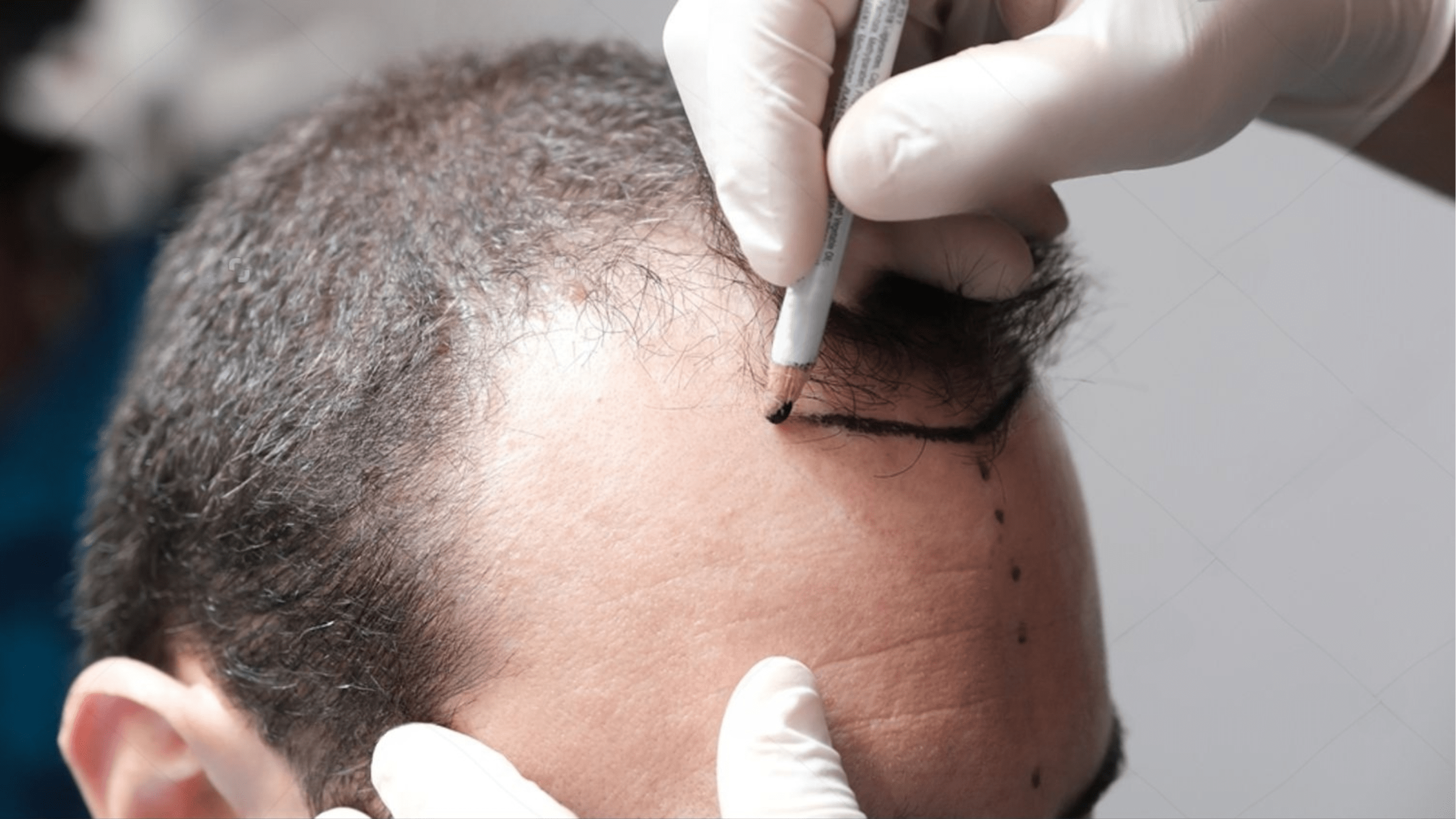Hair transplant, like any other medical procedure, has its own advantages and limitations. The success of hair transplant depends on how you interpret it. For the hair restorations surgeons Dr Anchal Shah (MD,DNB,ABHRS) & Dr Diwaker Sharma (MD), success of a hair transplant is best assessed by the following parameters:
- The extracted area should heal well in uniform density without/with minimal scarring.
- There should be minimum wastage of extracted grafts (which is less than 5%) in our case, i.e. to remove 100 healthy grafts, we may need to punch approx 105 times.
- All the grafts should have minimum ‘out of body’ time. This is taken as a standard of 4-6 hours in physiological saline solution (for hydration) and under cold storage (4-8 degrees celsius) for optimum viability.
- All the grafts must be well handled with ‘No Root Touch’ technique. This ensures survivability.
- The grafts, during the implantation process, are ensured that they are placed at the right angle, depth and direction without any hair shaft damage, bending or twisting. This ensures that each follicle will grow in the desired manner. This also reduces any chance of cobblestoning or ’spiky’ projections.
- Real success of a hair transplant lies in the fact that the maximum percentage of grafts survive, undergo hair cycle changes in form of shock loss, and regrow steadily to blend in with the existing hair. After 6-9 months, one cannot make out whether this was my original hair or implanted hair.
- The hairline naturalness and height (as per facial proportions) should be optimum.
- The results can be maintained in the long term with usage of certain nutraceuticals and medicines to delay the progression of patterned baldness. This will maintain the thickness and longevity of the hair.
- Since good results are defined in a combination of both implanted as well as existing hair, maintenance of existing hair is crucial. The thinning prone areas for long term are 1) area just behind the transplanted hair 2) crown area 3) side area 4) upper neck area.
- Success also depends a lot on a person’s own care and habits. Nutrition, sleep, stress, smoking, alcohol etc are an important influence on hair thickness and longevity.
- Regular follow ups (advised monthly), adherence to treatment, prompt correction of scalp conditions (seborrhea, dryness, flakiness, oiliness, etc) and proper environmental care are additional factors that help with the results.
- Moreover, regenerative treatments in the form of Platelet Rich Plasma therapy (PRP), Growth Factor Concentrate therapy (GFC), QR678, Mesotherapy, Exosomes etc give an additional boost to the hair growth and thickness.
- Additional transplant sessions may be added for previously non-operated areas like the mid zone and crown, or density correction in previously treated areas like the hairline may be required to restore the homogeneity of the look. An experienced surgeon is wise and skilled enough to preserve the donor area (wherever applicable) for future corrective sessions.



